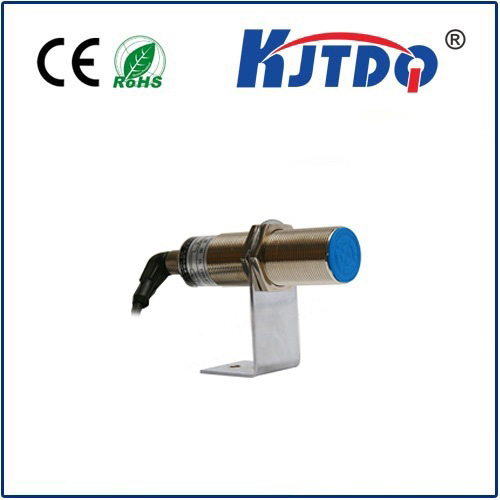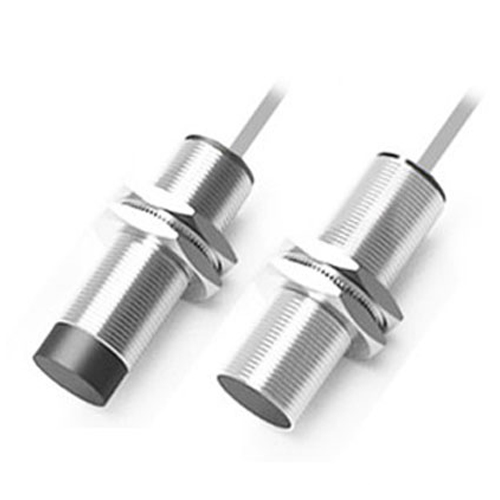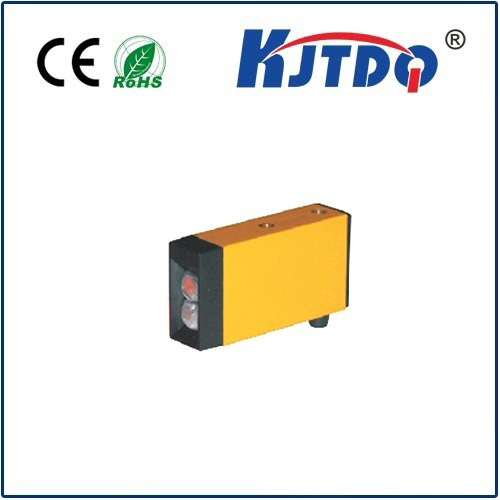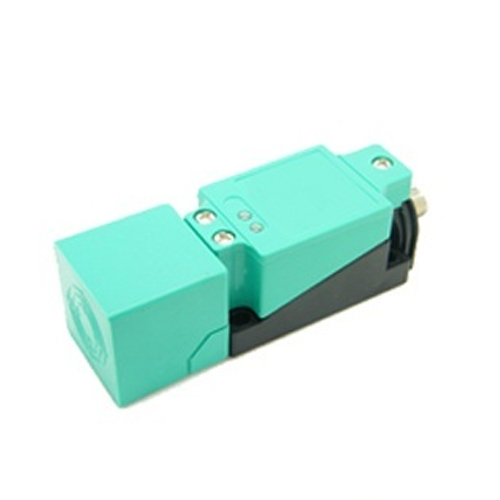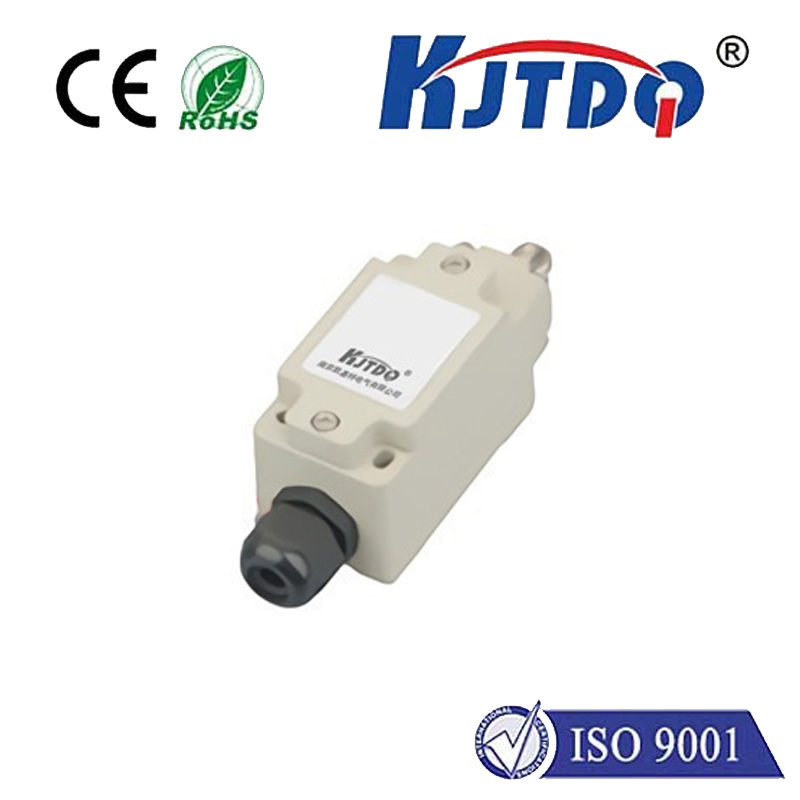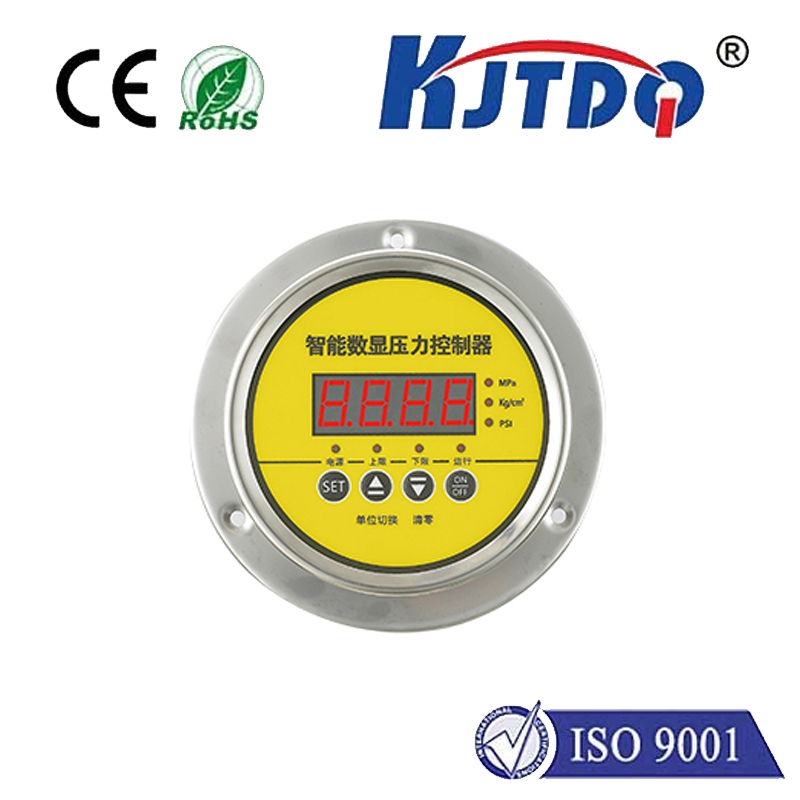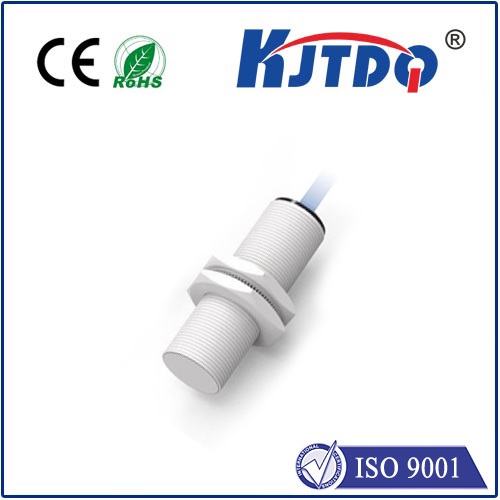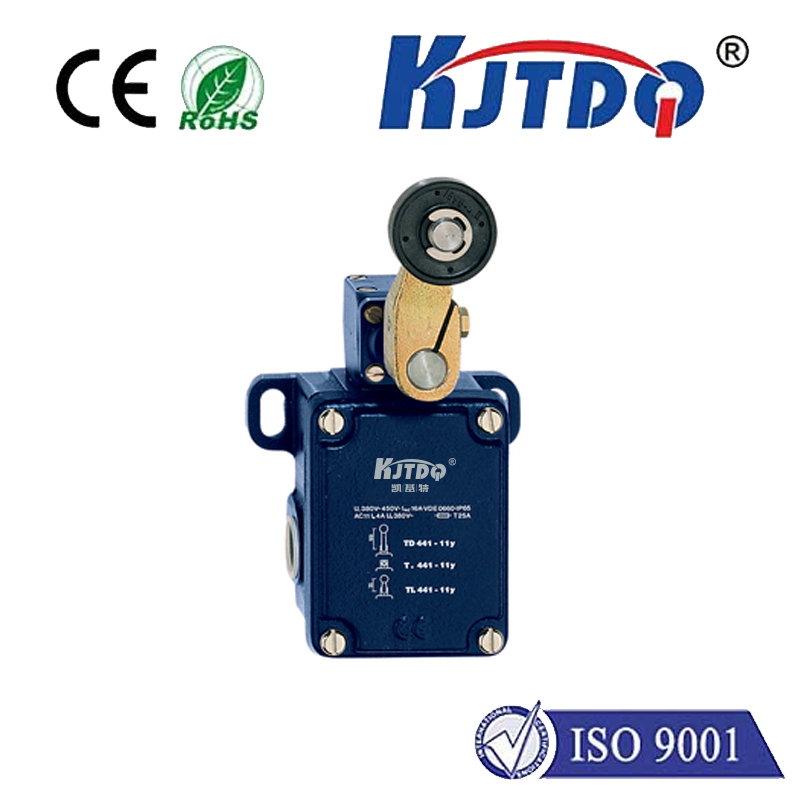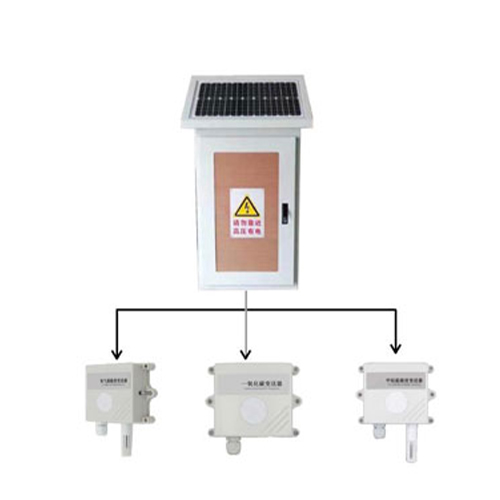

check

check

check

check
Imagine a pharmaceutical warehouse storing millions of dollars worth of life-saving vaccines. One unnoticed degree above the safe threshold, sustained over a weekend, could render entire batches useless. Traditional manual checks are simply inadequate against such silent, costly threats. IoT-based temperature monitoring systems emerge as the indispensable shield, transforming how businesses safeguard sensitive products and processes through continuous, real-time vigilance. By weaving a network of intelligent sensors with cloud analytics, this technology delivers unparalleled environmental control and actionable insights where they matter most.
But what constitutes an IoT-based temperature monitoring system at its core? Fundamentally, it’s a sophisticated ecosystem designed to measure, record, transmit, and analyze temperature data autonomously. Unlike legacy manual logging, this system leverages the pervasive connectivity of the Internet of Things (IoT). Tiny, powerful sensors capture ambient or surface temperatures at configured intervals. This data flows wirelessly – often via Wi-Fi, cellular networks like NB-IoT/LTE-M, or low-power options like LoRaWAN – to a central cloud platform. Here, sophisticated algorithms process the information, triggering instantaneous alerts for deviations and providing comprehensive dashboards for historical trends. This seamless, automated pipeline eliminates human error and delay, offering a previously unattainable level of oversight.

The power of these systems stems from their meticulously integrated components:
So, how does this intricate dance work in practice? Imagine sensors continuously sampling temperature. At pre-set intervals, this data is transmitted. The path might be: Sensor -> Local Gateway -> Cellular Network -> Cloud Platform. Upon arrival, the cloud software instantly compares readings against the predefined compliance thresholds configured for each sensor location. Should a reading fall outside the acceptable range, the alert engine activates immediately, notifying designated personnel. Simultaneously, the data is stored in secure databases, building rich datasets for trend analysis, regulatory reporting (audit trails are automatic and tamper-proof), and optimizing operational procedures over time. The entire cycle operates autonomously, 24⁄7, without human prompting.
The transformative impact spans critical industries:
The compelling business benefits driving adoption are undeniable: Implementing an IoT-based system translates directly into significant cost savings by drastically reducing spoilage and waste of temperature-sensitive goods. Proactive alerts prevent minor fluctuations from escalating into major, costly incidents. Enhanced operational efficiency stems from automating manual checks, freeing staff for higher-value tasks while providing superior data accuracy. Robust compliance is simplified with automated, digital audit trails readily available for inspections, mitigating regulatory risks. Furthermore, the rich historical data serves as a foundation for predictive insights, enabling better resource planning, process optimization, and strategic decision-making based on concrete environmental trends.
As sensor technology advances further – becoming smaller, cheaper, and even more energy-efficient – and connectivity options like 5G expand, the deployment of these systems will become even more pervasive and affordable. The integration of artificial intelligence (AI) and machine learning (ML) is the next frontier, promising predictive analytics that can foresee potential equipment failures or environmental shifts before they cause temperature excursions, enabling truly preventative maintenance and risk management. This continuous evolution cements the IoT-based temperature monitoring system not just as a tool, but as an essential operational backbone for any enterprise where environmental control impacts quality, safety, compliance, and the bottom line. The move from reactive checks to proactive, intelligent assurance isn’t just convenient; it’s rapidly becoming the competitive standard, fundamentally changing how industries manage vital environmental parameters.
